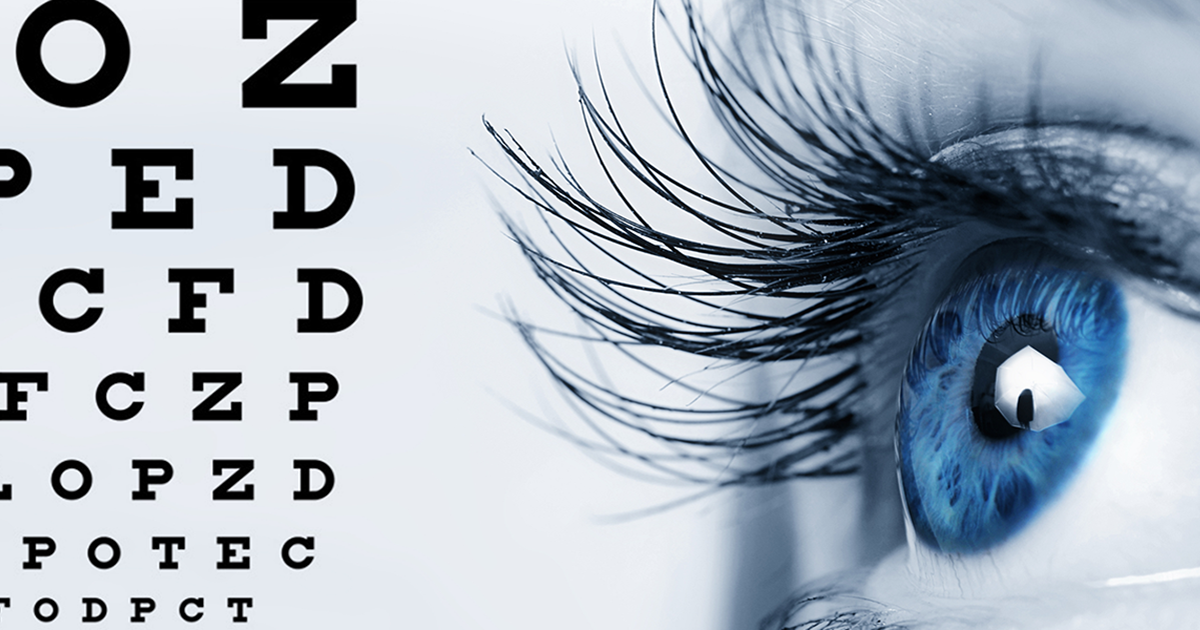Neighborhood Glaucoma Service Near Me: Relied On Specialists for Eye Wellness
The Role of Advanced Diagnostic Equipment in Identifying Eye Disorders
In the realm of ophthalmology, the utilization of advanced diagnostic tools has actually changed the very early recognition and management of different eye conditions. From spotting subtle changes in the optic nerve to checking the development of retinal diseases, these modern technologies play an essential function in improving the precision and efficiency of diagnosing ocular problems. As the need for precise and timely medical diagnoses remains to expand, the integration of innovative tools like optical comprehensibility tomography and aesthetic field screening has come to be indispensable in the world of eye care. The detailed interaction between modern technology and ophthalmic practices not only sheds light on intricate pathologies but additionally opens doors to customized treatment methods.
Value of Very Early Medical Diagnosis
Early diagnosis plays a pivotal function in the efficient monitoring and treatment of eye problems. Prompt recognition of eye problems is critical as it allows for prompt treatment, possibly stopping additional progression of the illness and reducing long-term complications. By discovering eye disorders at an onset, health care carriers can use ideal therapy strategies tailored to the details condition, ultimately causing far better end results for patients. Additionally, early diagnosis enables people to access essential support services and sources sooner, improving their general lifestyle.

Innovation for Identifying Glaucoma
Innovative diagnostic modern technologies play a crucial role in the very early detection and tracking of glaucoma, a leading reason of irreversible blindness worldwide. An additional advanced device is visual area testing, which maps the sensitivity of a client's aesthetic field, assisting to find any locations of vision loss characteristic of glaucoma. These innovative diagnostic devices enable eye doctors to diagnose glaucoma in its very early stages, allowing for timely intervention and better monitoring of the illness to stop vision loss.
Role of Optical Coherence Tomography

OCT's ability to measure retinal nerve fiber layer thickness permits for precise and objective measurements, helping in the early discovery of glaucoma even before visual area problems end up being noticeable. Overall, OCT plays an important function in improving the diagnostic precision and administration of glaucoma, ultimately adding to much better results for people at danger of vision loss.
Enhancing Medical Diagnosis With Visual Area Screening
An important component in comprehensive sensory examinations, aesthetic area testing plays an essential role in enhancing the diagnostic procedure for different eye problems. By examining the full degree of an individual's aesthetic field, this test supplies crucial info about the practical honesty of the entire aesthetic path, from the retina to the aesthetic cortex.
Visual area screening is specifically important in the diagnosis and administration of problems such as glaucoma, optic nerve conditions, and different neurological conditions that can influence vision. Through measurable measurements of outer and main vision, clinicians can identify subtle changes that might show the presence or progression of these disorders, even before visible signs and symptoms occur.
Additionally, visual area screening permits the tracking of therapy efficacy, assisting ophthalmologists customize healing interventions to specific people. eyecare near me. By tracking adjustments in aesthetic area efficiency over time, healthcare providers can click for source make informed choices regarding readjusting medications, suggesting medical treatments, or implementing other proper procedures to preserve or boost a person's visual function
Managing Macular Degeneration

Conclusion
To conclude, progressed diagnostic tools play a crucial role in identifying eye disorders early. Technologies such as Optical Comprehensibility Tomography and visual field screening have actually substantially enhanced the precision and effectiveness of detecting conditions like glaucoma and macular deterioration. Early discovery permits for timely treatment and monitoring of these conditions, eventually resulting in far better outcomes for people. It is important for medical care experts to stay updated on these innovations to supply the most effective feasible care for their patients. eyecare near me.